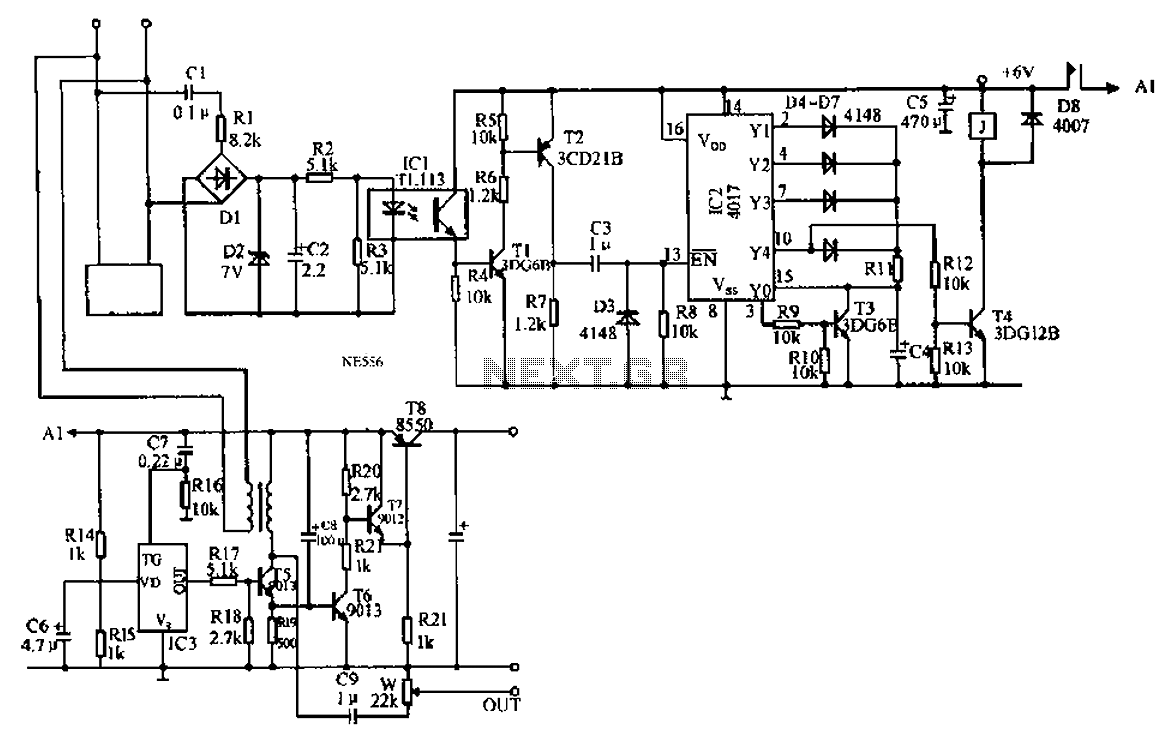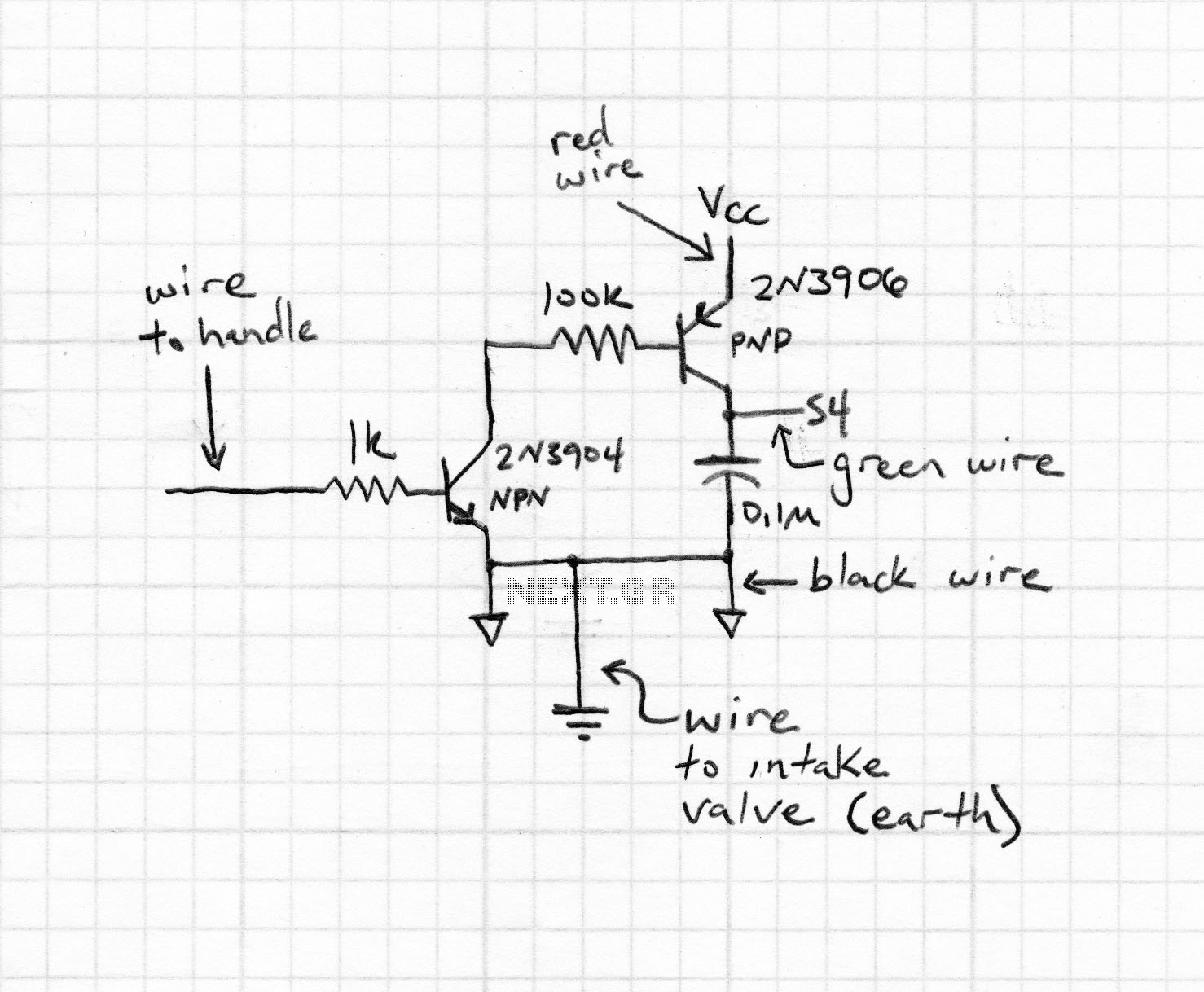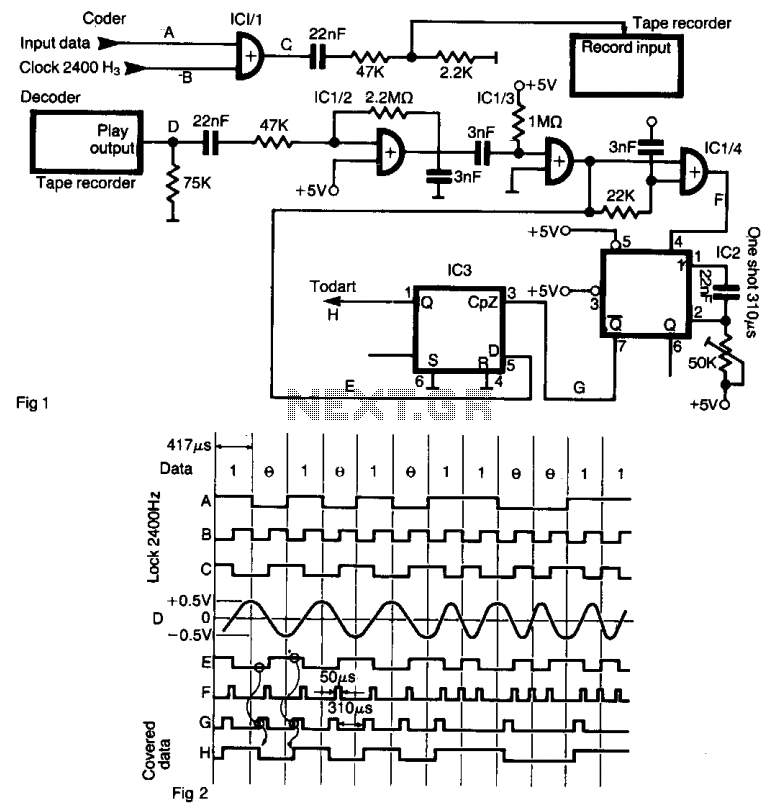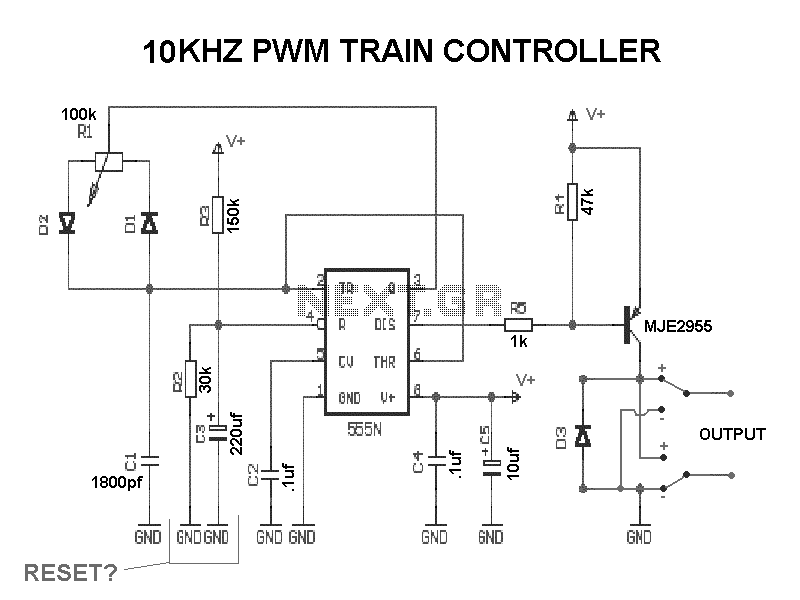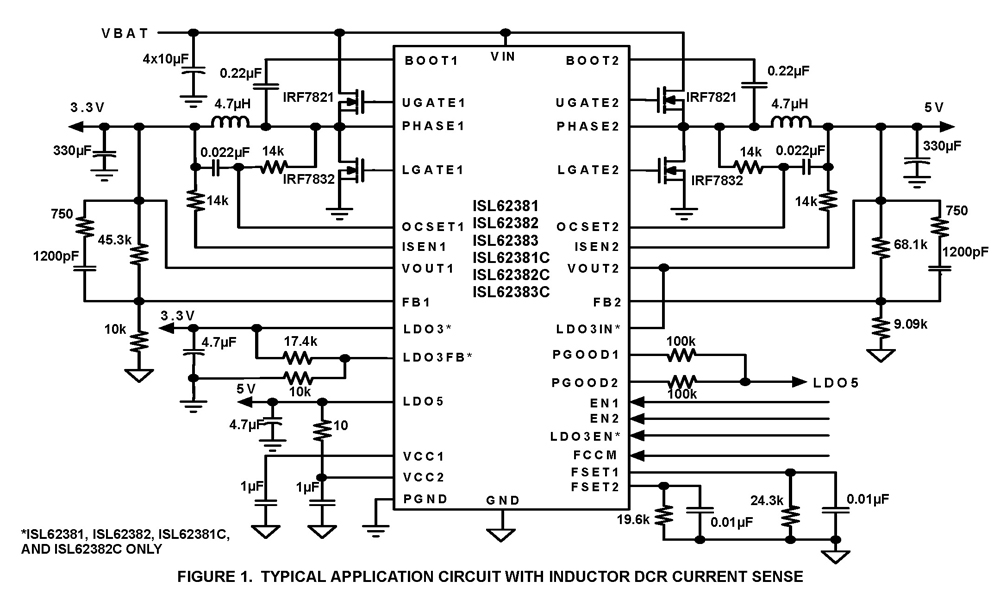
Dive Computer interface RS232
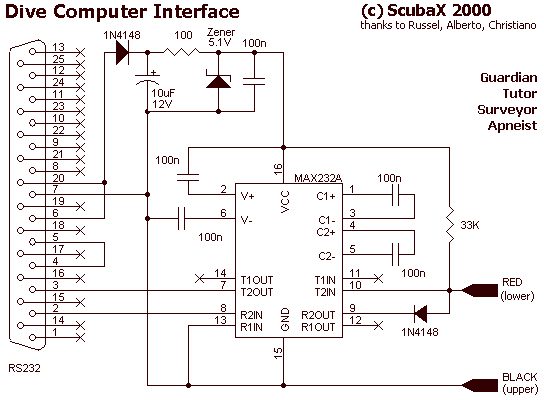
This circuit represents a Dive computer interface for RS232. Uses the MAX232A.
The described circuit serves as an interface for a dive computer utilizing the RS232 communication protocol, incorporating the MAX232A integrated circuit. The MAX232A is a dual voltage-level converter that facilitates communication between devices operating at different voltage levels, specifically converting TTL (Transistor-Transistor Logic) levels to RS232 levels and vice versa.
In this application, the dive computer likely operates at TTL levels (typically 0V to 5V), while the RS232 standard operates at higher voltage levels, ranging from +3V to +25V for logical '1' and -3V to -25V for logical '0'. The MAX232A enables seamless communication between the dive computer and other RS232-compliant devices, such as a PC or a data logger.
The circuit typically consists of the MAX232A chip, several external capacitors for charge pump operation, and the necessary RS232 connectors (DB9 or DB25) to interface with other devices. The external capacitors, often 1µF to 10µF, are connected to the charge pump pins of the MAX232A to generate the required positive and negative voltage levels for RS232 communication.
Pin configuration of the MAX232A is crucial for proper functionality. The chip features multiple pins designated for TTL input and output as well as RS232 output. The circuit design should ensure that the TTL signals from the dive computer are connected to the appropriate input pins of the MAX232A, while the RS232 outputs are routed to the connectors.
In practice, the circuit will require careful attention to grounding and signal integrity to avoid communication errors. Proper layout considerations, such as minimizing trace lengths and avoiding cross-talk, will enhance the reliability of data transmission in this dive computer interface.This circuit represents a Dive computer interface for RS232. Uses the MAX232A. 🔗 External reference
The described circuit serves as an interface for a dive computer utilizing the RS232 communication protocol, incorporating the MAX232A integrated circuit. The MAX232A is a dual voltage-level converter that facilitates communication between devices operating at different voltage levels, specifically converting TTL (Transistor-Transistor Logic) levels to RS232 levels and vice versa.
In this application, the dive computer likely operates at TTL levels (typically 0V to 5V), while the RS232 standard operates at higher voltage levels, ranging from +3V to +25V for logical '1' and -3V to -25V for logical '0'. The MAX232A enables seamless communication between the dive computer and other RS232-compliant devices, such as a PC or a data logger.
The circuit typically consists of the MAX232A chip, several external capacitors for charge pump operation, and the necessary RS232 connectors (DB9 or DB25) to interface with other devices. The external capacitors, often 1µF to 10µF, are connected to the charge pump pins of the MAX232A to generate the required positive and negative voltage levels for RS232 communication.
Pin configuration of the MAX232A is crucial for proper functionality. The chip features multiple pins designated for TTL input and output as well as RS232 output. The circuit design should ensure that the TTL signals from the dive computer are connected to the appropriate input pins of the MAX232A, while the RS232 outputs are routed to the connectors.
In practice, the circuit will require careful attention to grounding and signal integrity to avoid communication errors. Proper layout considerations, such as minimizing trace lengths and avoiding cross-talk, will enhance the reliability of data transmission in this dive computer interface.This circuit represents a Dive computer interface for RS232. Uses the MAX232A. 🔗 External reference
